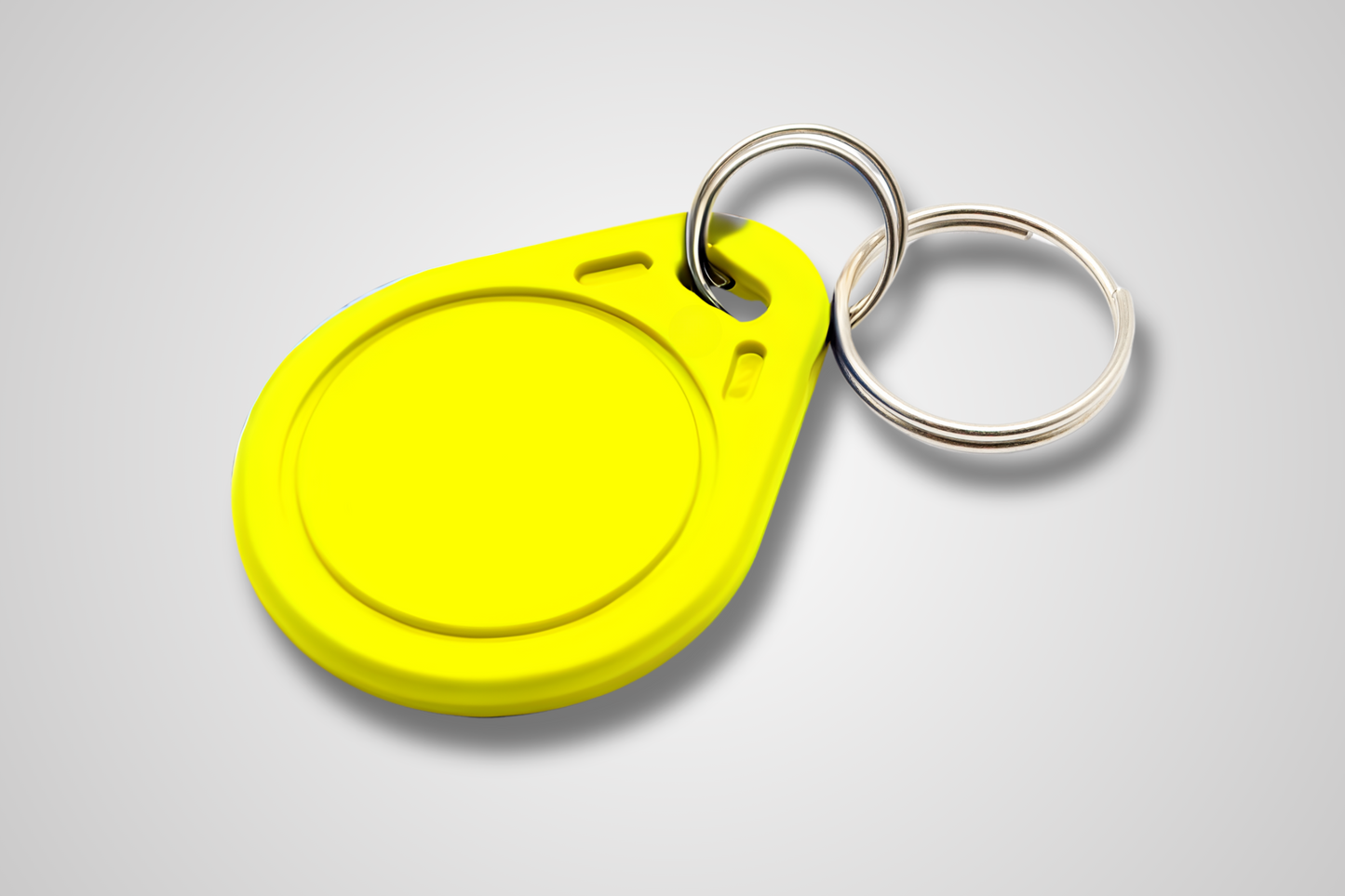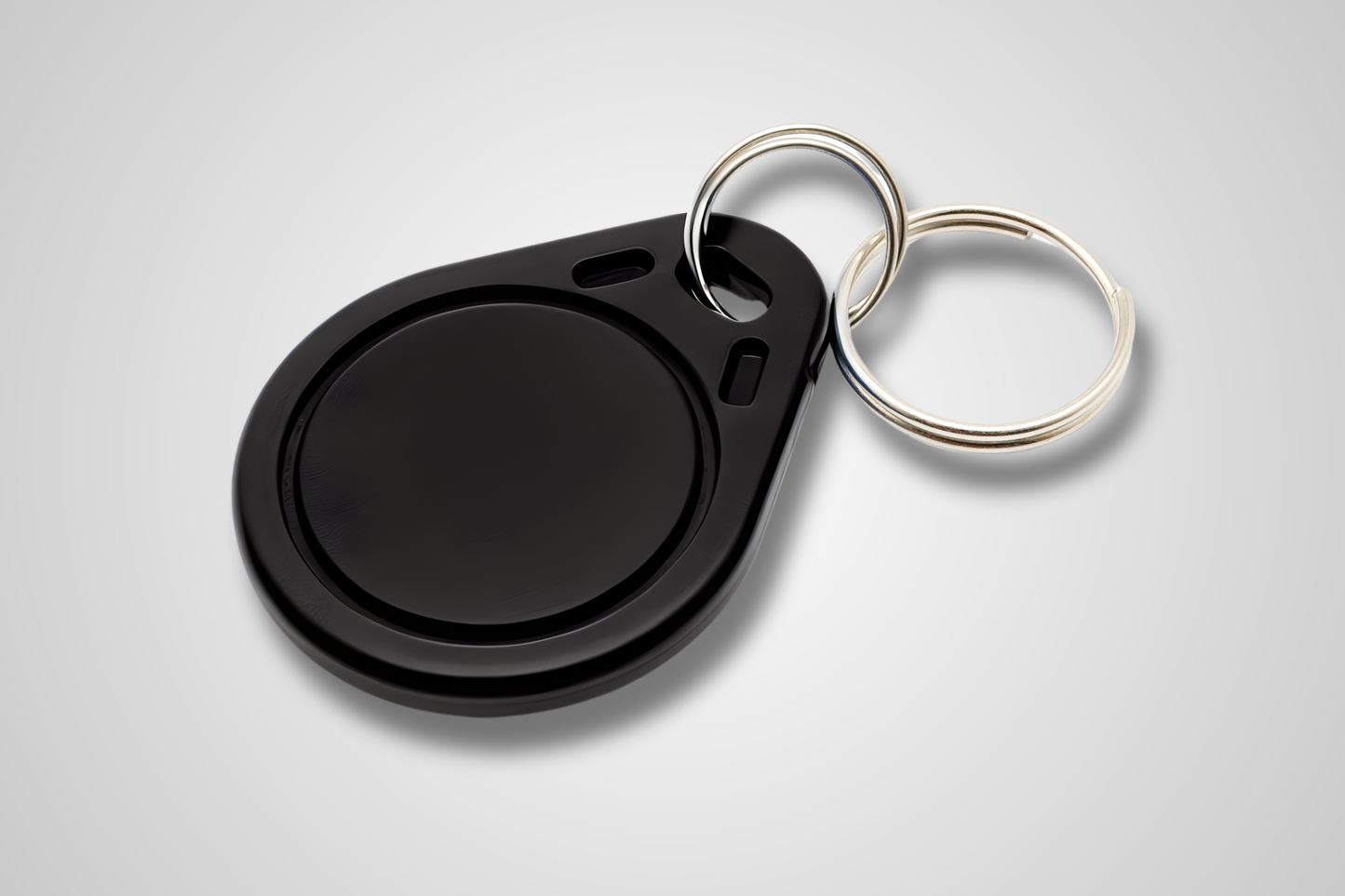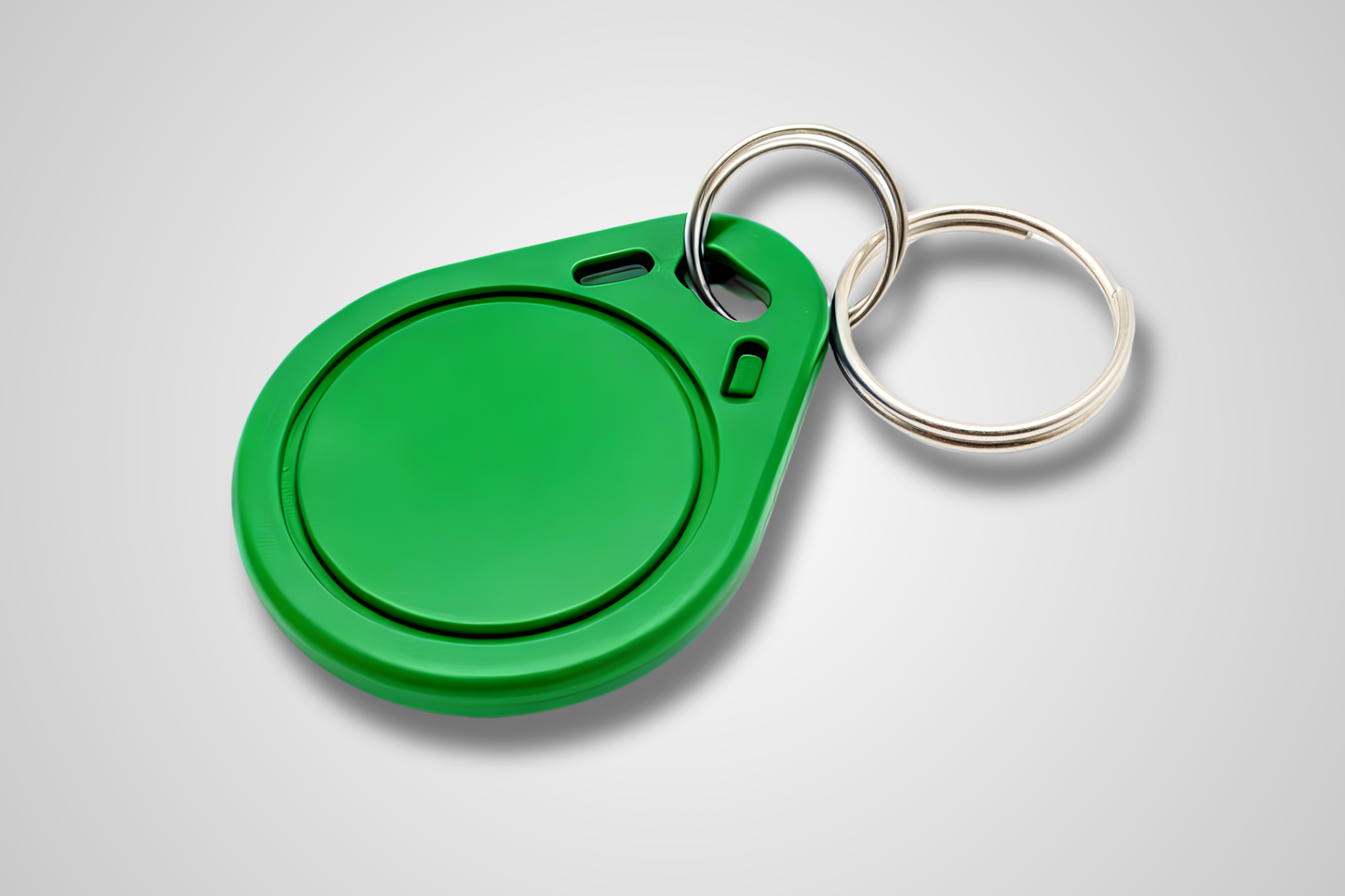
What is NFC, and How Does It Work?
The Shortcut to Effortless Data Exchange
NFC (Near Field Communication) is a technology that enables wireless communication over very short distances, typically up to 4 cm. It is used for fast, simple, and contactless data exchange between two NFC devices, such as a smartphone and a terminal. When the devices are brought close together, they can transfer information like payment details, access control, or data files without any physical contact. NFC is particularly popular for payment solutions and access control, where usability and security are key factors.
How Does NFC Technology Work?
NFC establishes a connection using radio waves when two devices are held close together. When an NFC-active (powered) device, such as a smartphone, comes within range of an NFC-passive device, like a keycard or tag, the active device sends a radio signal that "activates" the passive device and enables data exchange.
The active device generates both energy and data via radio waves, while the passive device simply reflects the signal back with the required information. This allows passive devices to operate without their own power supply, as they draw energy from the active device. This interaction of radio waves facilitates a fast and secure exchange of data, as seen in contactless payments and access control.

What is the Difference Between Bluetooth and NFC?
The primary differences between Bluetooth and NFC are range, speed, and use cases:
- Range: NFC works up to 4 cm, while Bluetooth has a range of up to 10 meters.
- Speed and Setup: NFC connects almost instantly; Bluetooth is slightly slower but faster at transferring larger files.
- Power Consumption: NFC uses less power and can operate without a battery, while Bluetooth requires more power, especially for constant connectivity.
- Use Cases: NFC is ideal for quick, secure transactions (e.g., payments), whereas Bluetooth is better for extended data connections, such as audio and file transfers.

Popular Applications of NFC
- Contactless Payment
NFC enables easy and secure payments via smartphones and payment cards. By holding the device near a payment terminal, payment information is transferred quickly and without physical contact, enhancing convenience and security, particularly in grocery stores and public transport.
- Access Control and Security
NFC cards or wristbands act as electronic keys in access systems. They can grant authorized access to office buildings, hotel rooms, and facilities like gyms with a quick scan of the card or wristband.
- Event and Festival Wristbands
NFC wristbands are used at events and festivals for fast entry, payment, and security. Guests can scan the wristbands for access, make cashless purchases, and ensure better fraud protection as each wristband is unique and linked to the guest's information.
- Marketing and Customer Loyalty
NFC is used to share information and reward customer loyalty. Scanning an NFC device allows customers to receive discounts, offers, or product information directly on their smartphones, creating a more engaging and personalized shopping experience.
NFC Wristbands from JM Band – A Smart Solution for Events
JM Band provides NFC wristbands and other customized products tailored to specific customer needs. Our NFC wristbands offer secure and contactless solutions for both payments and access control, making them ideal for events where quick and hassle-free access is essential. These wristbands allow guests to enter venues, make cashless purchases, and enhance overall security by reducing fraud risks.
JM Band’s NFC solutions can be uniquely designed to suit any type of event, whether it’s a festival, sports event, or private gathering. We offer flexible options, enabling customers to choose both the appearance and functionality, ensuring the wristbands reflect the event's brand and create a tailored experience for attendees.
A Future with NFC
NFC is expected to play an even larger role in various areas due to its speed and security. Here are some potential future applications:
- Smart City Solutions: NFC can simplify payments for public transport, parking, and bike rentals. NFC tags could also provide real-time information on city facilities, such as opening hours and navigation.
- Digital Identification and Passports: Future ID cards and passports may use NFC for faster and more secure identification, streamlining border crossings, flights, and other situations requiring identity verification.
- Healthcare and Medical Access: NFC technology can make it easier for patients and healthcare professionals to securely access records and equipment. Patient wristbands with NFC tags could ensure accurate medication and treatment.
- Internet of Things (IoT): NFC could connect and control smart devices at home or work. For example, NFC might enable users to quickly pair devices or share data between smart devices without complex setups.
- Loyalty and Marketing Innovations: NFC can create more engaging and personalized experiences in stores, where customers could scan NFC tags to receive product information, offers, or tailored promotions directly to their phones.
- Virtual Keys and Vehicle Access: NFC could eliminate the need for car keys, hotel cards, and other physical access keys by offering a digital solution accessible via a smartphone or NFC wristband.
These applications are likely to make NFC an essential technology in a future where contactless and digital solutions become increasingly important for both security and user experience. Check out our NFC key tags here.






JM Band EU
NFC Key Fob
Regular price
35,00 Kč
Regular price
Sale price
35,00 Kč
Unit price
/
per
Del med en kollega






